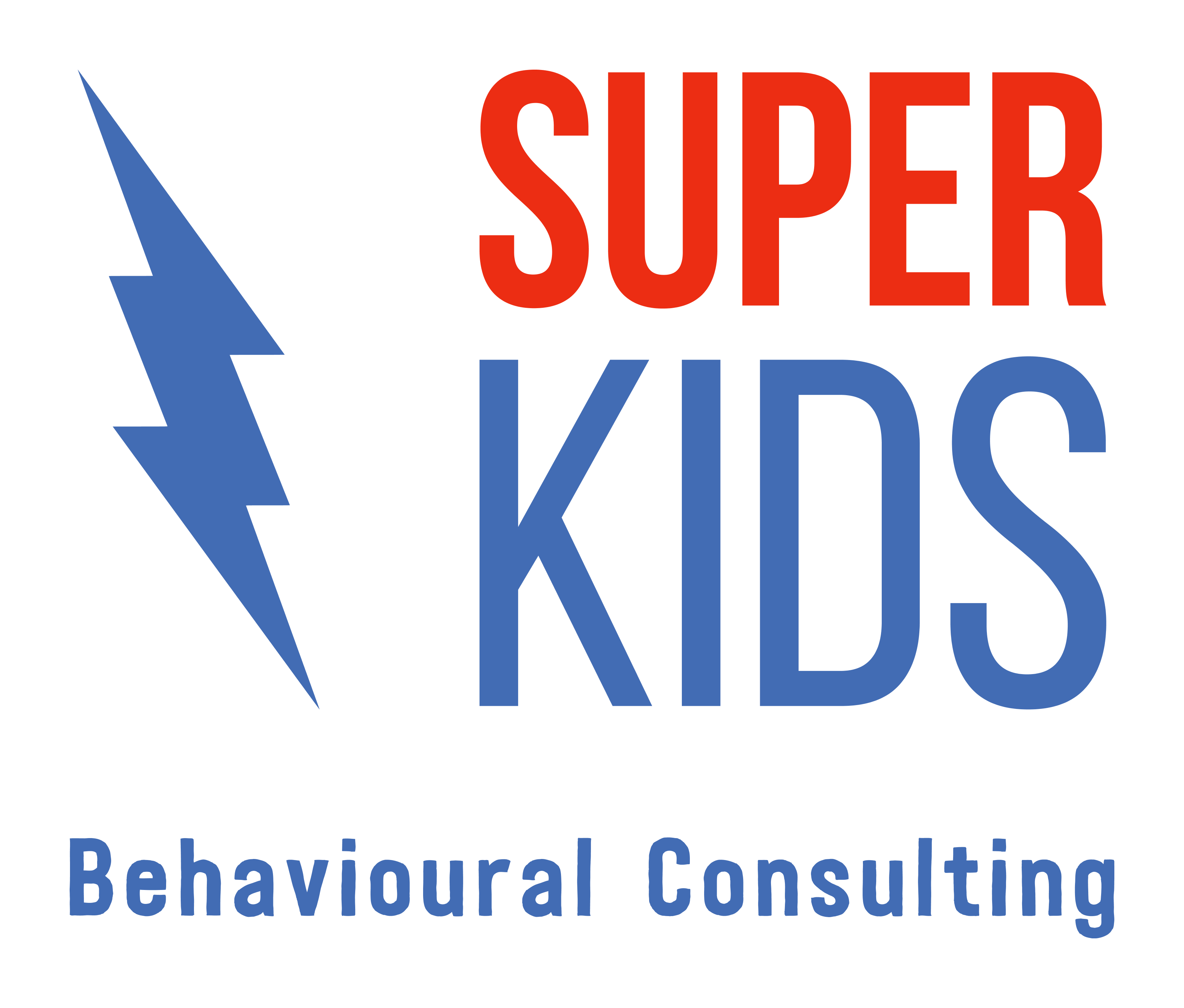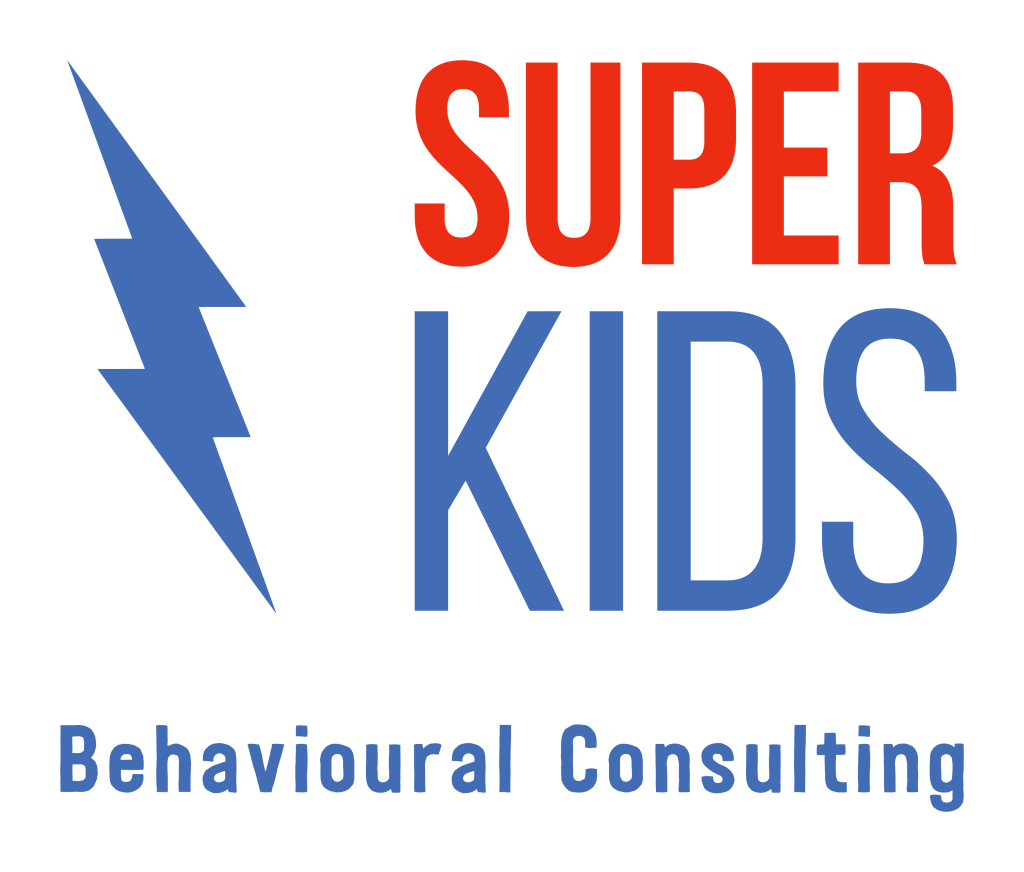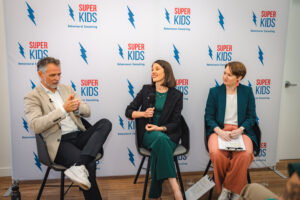Toilet Training: Understanding the Typical Norms and Stages

Renee Collins
Clinical Director & Behaviour Consultant

Toilet training is an important milestone for all individuals, marking their transition from nappies to using the bathroom as independently as possible. While every child is unique and may progress at their own pace, there are some typical norms and stages to toilet training that parents and caregivers should be aware of.
- Age: Most children begin toilet training between the ages of 2 and 3. Some children may start earlier, while others may start later. It’s important to remember that every child is different and there’s no “right” age to begin toilet training.
- Readiness: Children must be physically and emotionally ready for toilet training, which means they must have the physical ability to control their bladder and bowels and the emotional maturity to understand and follow the steps involved in using the bathroom. Check out our resources on Toilet Training Prerequisite skills if you’d like more information about this.
- Stages: Toilet training typically involves three stages: daytime training (urinary and bowel continence), nighttime training, and generalisation to the community. Daytime training involves using the toilet during the day, while nighttime training involves staying dry overnight. Public bathroom training involves using public restrooms, which can be a challenge for some children, particularly children with intellectual or developmental disabilities.
- Bathroom Set up: Toilet steps, training toilets, and portable potties are all common tools used to help children learn how to use the bathroom. Some children may prefer a traditional potty chair, while others may prefer a training seat that fits on the regular toilet. The choice to choose one or the other may depend on what your child prefers but also any concerns that you may have about having to teach your child to use a new place (ie: moving from potty to toilet) which may be difficult for some children.
- Reinforcement: Positive reinforcement, such as verbal praise, stickers, or small treats, can be an effective way to encourage positive toilet training behavior. It’s important to be patient and understanding, as children may have accidents and setbacks along the way, however we do consider these as learning opportunities too.
- Professional Help: If toilet training is proving to be a challenge, it may be helpful to seek the help of a professional, such as a pediatrician, occupational therapist, or behavior analyst. At Super Kids, we can provide guidance and support to help your child progress through the stages of toilet training through our online courses or individualized toilet training programs.
Toilet training is a normal and important part of childhood development. By understanding the typical norms and stages of toilet training, parents and caregivers can better support their children as they work towards independence in this important aspect of daily life. If you are still struggling toilet training consider a quick consultation with one of our toilet training experts that you can book here or contact [email protected] for more information.
Super Kids acknowledges each individual’s personal preference to use identity-first or person-first language to describe themselves or their loved one. We interchangeably use both language conventions and therefore refer to both Autistic children and children with Autism.






